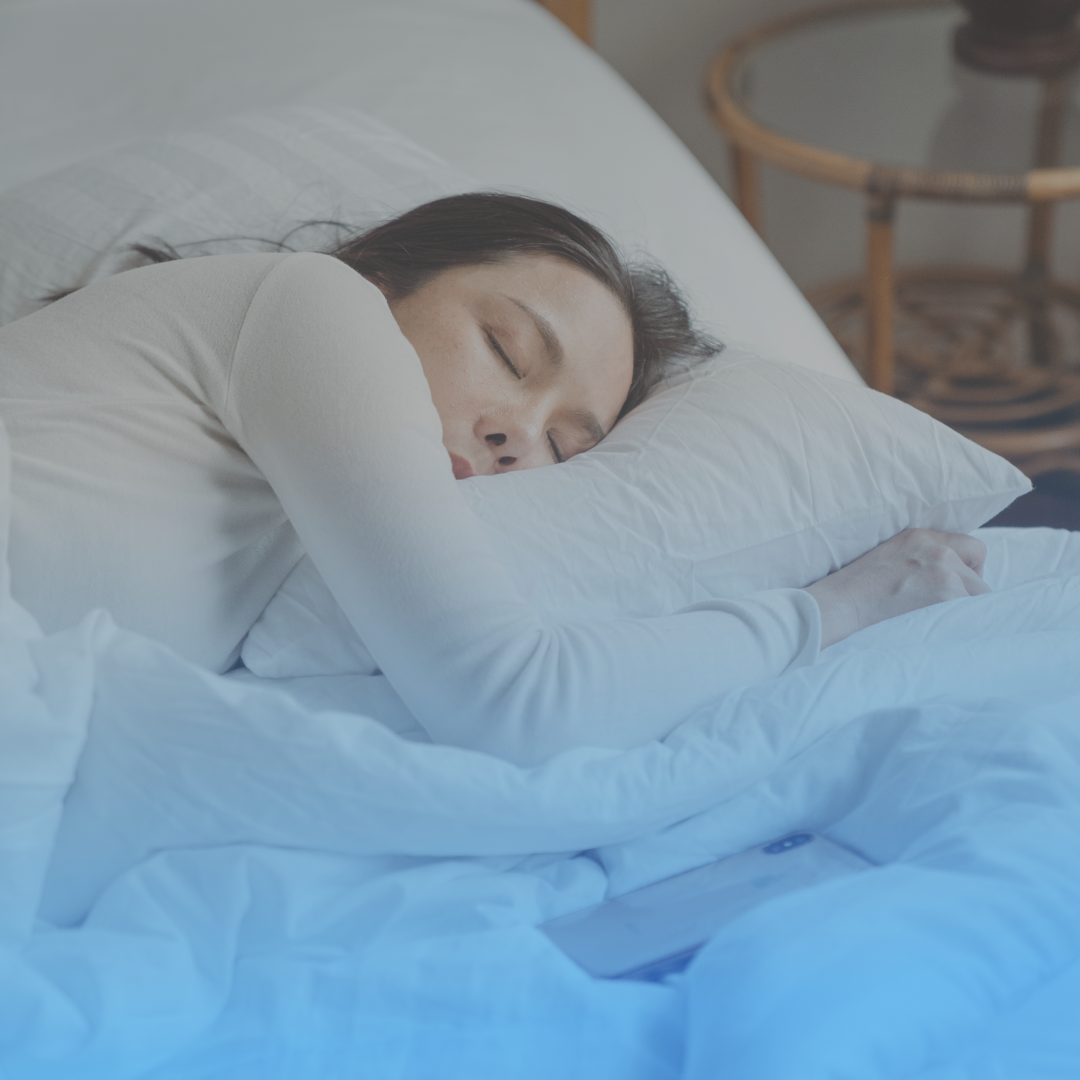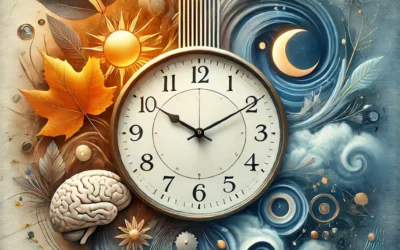Dieser Artikel ist für die Fachöffentlichkeit bestimmt.
Das zirkadiane System jedes Menschen umfasst biochemische Prozesse im Körper, die periodisch, etwa alle 24 Stunden, wiederkehren. Unser Organismus synchronisiert die inneren Vorgänge mit äußeren Reizen. Unsere innere Uhr befindet sich in den so genannten suprachiasmatischen Kernen (SCN) in dem Teil des Hypothalamus, der auf die äußeren Lichtverhältnisse reagiert. Je nachdem, ob es Tag oder Nacht ist, modulieren die SCNs die Erregung oder Hemmung unserer Körperaktivitäten. Gleichzeitig befinden sich periphere Zentren in fast allen Geweben, z. B. in Muskeln oder Nerven. Periphere Uhren werden von der inneren Hauptuhr gesteuert, liefern aber auch Rückmeldungen aus dem Körper und unterstützen so die Gesamtsynchronisation der biologischen Prozesse [1] [2].
Störungen der täglichen Aktivität und des Schlafs, die auch allgemeine Anomalien in der Funktion des zirkadianen Systems widerspiegeln, sind typisch für verschiedene somatische und psychische Erkrankungen [3].
Bei affektiven Störungen, insbesondere bei der bipolaren Störung, werden Störungen in der Funktion des zirkadianen Systems beobachtet, die sich auch in Schlafstörungen, deren Qualität und Kontinuität widerspiegeln [4].
Neben Studien bei Patienten mit bipolarer Störung, in denen Anomalien der Hormonproduktion oder der Körpertemperatur untersucht wurden [5] [6] [7], wurden auch Schlafstörungen durch aktigrafische Messungen festgestellt (mehr dazu im folgenden Artikel). Schlafstörungen werden bei Patienten mit bipolarer Störung sowohl in der Rezidiv- als auch in der Remissionsphase beobachtet [8]. Anomalien im zirkadianen System sind bei Patienten mit bipolarer Störung stärker ausgeprägt als bei Patienten mit depressiver Störung [4] [9].
Auch die in Zusammenarbeit mit Mindpax durchgeführte Forschung bestätigt diese Erkenntnisse. Bei Patienten mit bipolarer Störung gibt es erhebliche Unregelmäßigkeiten im Aktivitäts- und Schlafrhythmus. Bei Patienten mit bipolarer Störung kommt es zu einem verzögerten Schlafbeginn und einer verzögerten Schlafphase, und es bestehen signifikante Unterschiede in der Schlafdauer und der Fragmentierung des Tagesrhythmus (Intraday-Variabilität) zwischen den Tagen im Vergleich zu gesunden Kontrollpersonen [10].
Dank dieser Erkenntnisse können wir einen direkten Zusammenhang zwischen Stimmungsauffälligkeiten und einzelnen Episoden einer bipolaren Störung und Auffälligkeiten bei den täglichen Aktivitäten und Schlafroutinen erkennen [11].
[1] Gumz, M. L. (Hrsg.). (2016). Circadian clocks: Role in health and disease. Springer.
[2] Roenneberg, T., Kuehnle, T., Juda, M., Kantermann, T., Allebrandt, K., Gordijn, M., & Merrow, M. (2007). Epidemiologie der menschlichen zirkadianen Uhr. Sleep Medicine Reviews, 11(6), 429-438. https://doi.org/10.1016/j.smrv.2007.07.005
[3] Gillette, M. U. (2013). Chronobiologie Biological Timing in Health and Disease. Elsevier Science & Technology Books. http://international.scholarvox.com/book/88814735
[4] Grandin, L. D., Alloy, L. B., & Abramson, L. Y. (2006). Die soziale Zeitgeber-Theorie, zirkadiane Rhythmen und Stimmungsstörungen: Überprüfung und Bewertung. Zeitschrift für klinische Psychologie, 26(6), 679-694.
[5] Alloy, L. B., Ng, T. H., Titone, M. K., & Boland, E. M. (2017). Circadian Rhythm Dysregulation in Bipolar Spectrum Disorders. Current Psychiatry Reports, 19(4). https://doi.org/10.1007/s11920-017-0772-z
[6] Bradley, A. J., Webb-Mitchell, R., Hazu, A., Slater, N., Middleton, B., Gallagher, P., McAllister-Williams, H., & Anderson, K. N. (2017). Schlaf und Störungen des zirkadianen Rhythmus bei bipolarer Störung. Psychological Medicine, 47(9), 1678-1689. https://doi.org/10.1017/S0033291717000186
[7] Soreca, I. (2014). Zirkadiane Rhythmen und Schlaf bei bipolarer Störung: Implikationen für Pathophysiologie und Behandlung. Current Opinion in Psychiatry, 27(6), 467. https://doi.org/10.1097/YCO.0000000000000108
[8] Geoffroy, P. A., Scott, J., Boudebesse, C., Lajnef, M., Henry, C., Leboyer, M., Bellivier, F., & Etain, B. (2015). Schlaf bei Patienten mit remittierten bipolaren Störungen: A meta-analysis of actigraphy studies. Acta Psychiatrica Scandinavica, 131(2), 89-99. https://doi.org/10.1111/acps.12367
[9]Grierson, A. B., Hickie, I. B., Naismith, S. L., Hermens, D. F., Scott, E. M., & Scott, J. (2016). Zirkadiane Rhythmik bei aufkommenden Stimmungsstörungen: State or trait marker? International Journal of Bipolar Disorders, 4(1), 3. https://doi.org/10.1186/s40345-015-0043-z
[10] Schneider, J., Bakštein, E., Kolenič, M., Vostatek, P., Correll, C. U., Novák, D., & Španiel, F. (2020). Motorische Aktivitätsmuster können zwischen Patienten mit interepisodaler bipolarer Störung und gesunden Kontrollpersonen unterscheiden. CNS Spectrums, 1-11.[11] Bauer M, Grof P, Rasgon N, Bschor T, Glenn T, Whybrow PC. Zeitlicher Zusammenhang zwischen Schlaf und Stimmung bei Patienten mit bipolarer Störung. Bipolar Disord. 2006 Apr;8(2):160-7



